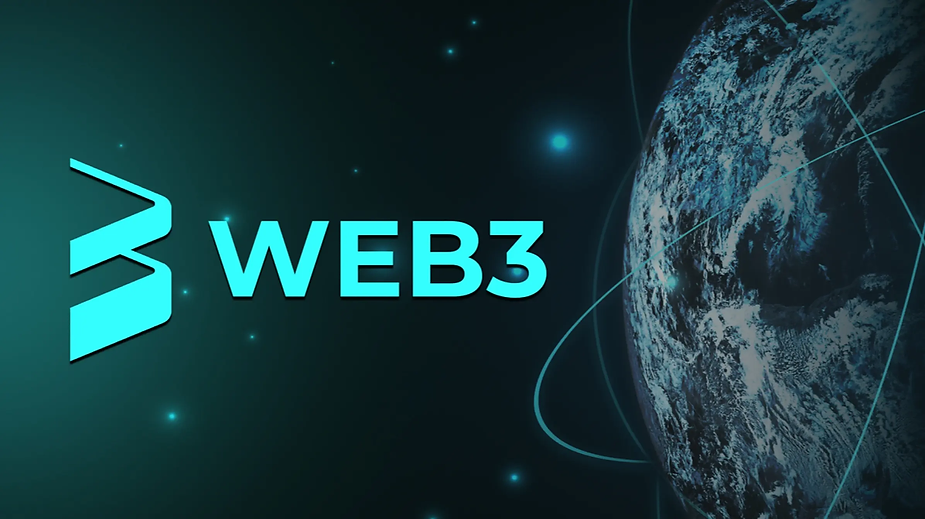Web 3 is a common reference to Web 3.0. It’s a concept for a new version of the world wide web, an Internet-based on the blockchain and including decentralization and a token-based economy. Some technologists and journalists have likened it to Web 2.0, where data and content are centralized in a limited number of “Big Tech” companies.
The name “Web3” was coined by Ethereum co-founder Gavin Wood in 2014, and the notion grabbed the interest of cryptocurrency enthusiasts, large technology enterprises, and venture capital firms in 2021. Web 3.0 represents a significant shift in the network architecture as we understand it today. Artificial intelligence, the Internet of Things, enhanced cryptography, and decentralized networks are building the groundwork for a new Internet paradigm defined by increased user awareness and control.
The aspect that distinguishes Web3 is the rights they give. Web3 grants consumers complete control of their content, data, and assets via blockchains, whereas the original version of the commercial internet (Web1) was read-only for most users, and after that Web2 enabled users to both read and write on centralized platforms such as Twitter, Facebook, YouTube, etc. It gives users the ability to read and write. Building a scalable system that decentralizes content has proved difficult over the previous two decades. While the technology to create such systems exists, no content platform has managed to scale decentralization. Web technology is one of the most rapidly changing fields in the last 30 years.

Web 3.0, unlike Web 2.0 services like Medium, cuts out the middleman. There is no centralized database for storing application state, and no single web server for hosting backend logic. People generally agree that Web3 might be a greater democratic, open web, with decentralization of services allowing anybody to own. Since blockchain data is entirely open and public, everyone can see what’s going on. The concept of a Web3, or a decentralized, open, and interconnected network, was created out of the desire to establish a human-centered internet, one that is safer, fairer, and much more accessible, based on the concept of expanding profit centers by spreading value in an open network. NEAR Protocol is dedicated to these goals, as well as its free software infrastructure serves as the incubator for cutting-edge technologies that will bring the dream of a living thing to live.
These improvements in web 3 are supposed to provide internet users greater control over the material they access as well as the data they share, resulting in a more free and equitable online. Despite this, many others believe it will modernize the Internet with an entirely new paradigm that is far more egalitarian than Web 2.0. Web3 is, in a nutshell, the future. A future in which numerous technologies converge, with blockchain being one among them.
Some, such as Tim Berners-Lee, the creator of the well-known Internet that enables us to access the Web, believe that with Web 2.0, the issue was getting way out of hand and that a completely new and far more democratic paradigm was required, with huge corporations excluded. Most people are spending months learning how to use the tools chain. Your online identity is safeguarded with encrypted wallets. A decentralized database records everything in an immutable and transparent manner, preventing moderators from deleting offensive content.





